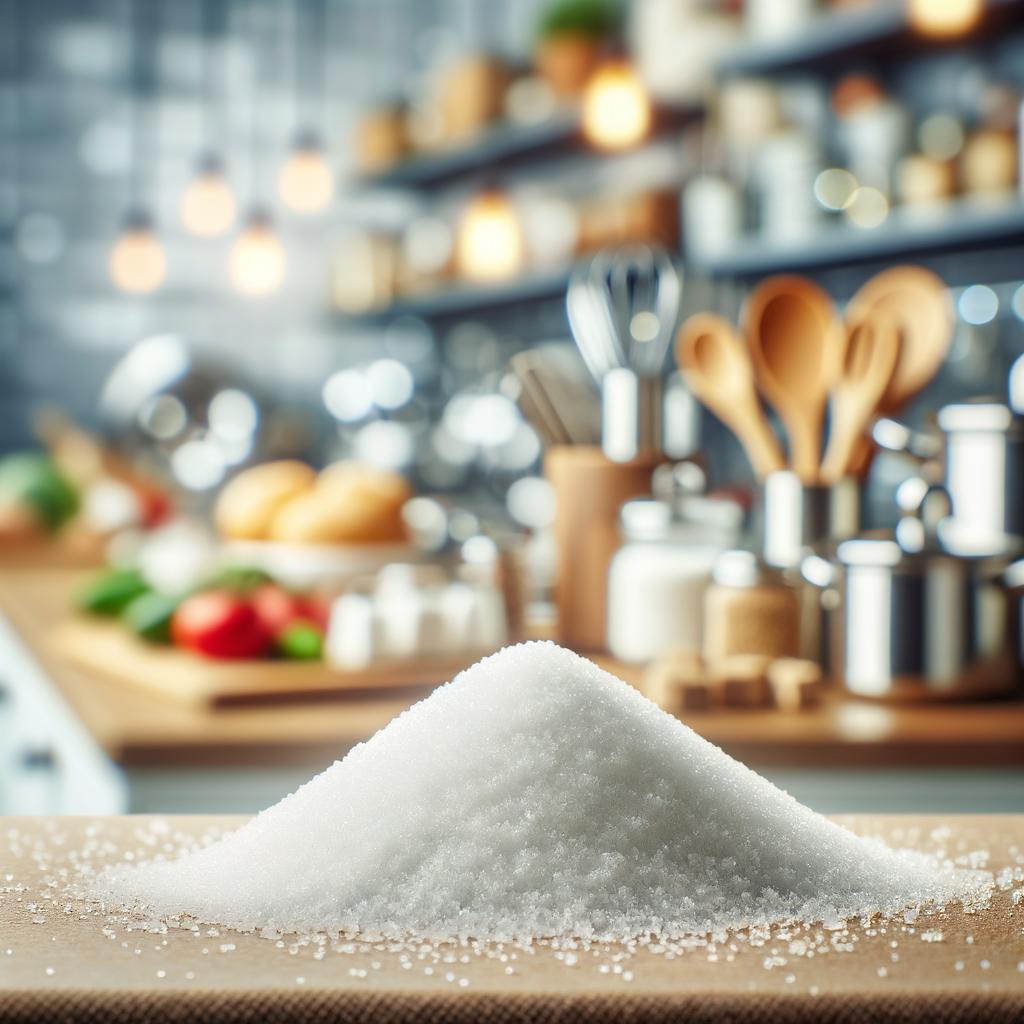White Sugar

Description
White sugar, also known as table sugar, is a crystalline substance that is as captivating as it is common. It is characterized by its pristine white color, a testament to the extensive refining process it undergoes. The granules are small, uniform, and have a delicate crunch that dissolves almost instantly on the tongue. Its flavor profile is purely sweet, without any undertones, making it an incredibly versatile ingredient. Its unique characteristic is its ability to not only sweeten but also to contribute to the texture and color of various dishes, setting it apart from other sweeteners.
Primary Uses
White sugar is a cornerstone ingredient in cooking and baking worldwide. It is used extensively in desserts, from the humble chocolate chip cookie to the most elaborate of cakes. It lends its sweetness to marinades, sauces, and dressings in both Western and Eastern cuisines. Beyond the culinary world, white sugar also has non-culinary uses. It serves as a natural exfoliant in beauty treatments and plays a role in certain religious rituals and ceremonies.
History
The history of white sugar is as rich as the sweetness it imparts. Originating in the Indian subcontinent, it was a luxury item for centuries, often referred to as 'white gold'. It was so precious that it was often kept under lock and key. With the establishment of sugar plantations in the New World, sugar became more accessible, transforming from a luxury to a staple. There's an intriguing folklore that Napoleon insisted on using only sugar from beetroot for his coffee, as he didn't want to rely on British-controlled cane sugar during the continental blockade. This led to the rise of beet sugar production in Europe.
Nutritional Information
White sugar is pure sucrose and provides a quick source of energy, offering about 16 calories per teaspoon. However, it lacks any significant vitamins, minerals, or fiber, earning it the label of 'empty calories'. Excessive consumption can lead to health issues like obesity, diabetes, and heart disease. Compared to unrefined sugars like raw cane sugar or honey, white sugar has a higher glycemic index and less nutritional value. However, used in moderation, it can be part of a balanced diet, adding sweetness and joy to life's many culinary experiences.

